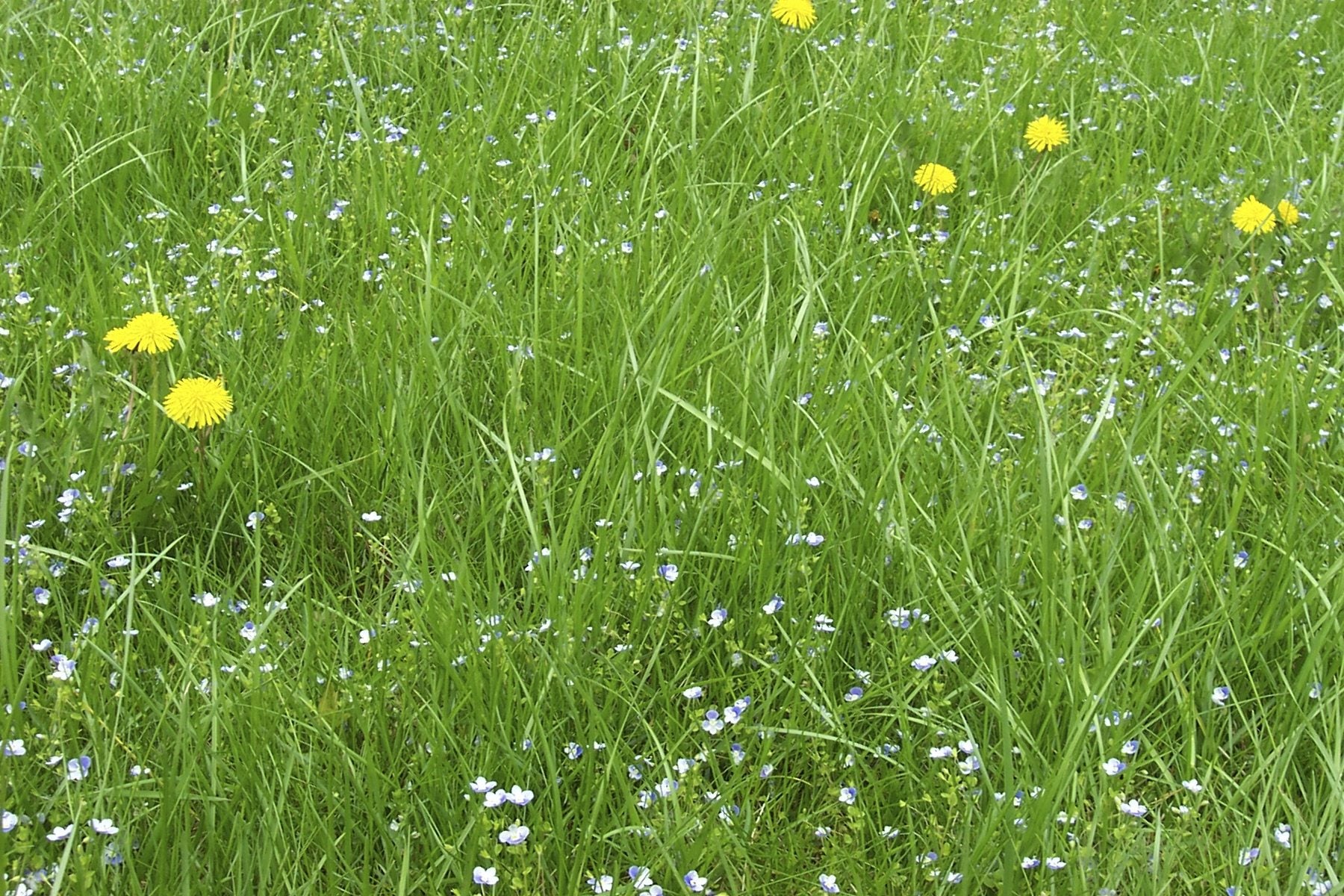Meadow Grass Maintenance: Tips For Annual Meadow Grass Control


A wild field of meadow grasses can provide food and cover for animals, enrich the landscape, and prevent erosion. The same meadow grass can be a pain in the neck in your vegetable garden, turf lawn, or ornamental beds. Therefore, meadow grass maintenance is a necessary evil in the landscaped yard. Management of meadow grass is particularly important in crop situations where the plants are competitors for precious nutrients and moisture. Learn about annual meadow grass control and keep the greenery in its proper place.
Meadow Grass Uses
The good part about native grasses is their resilience. Wild grasses have adapted to local growing conditions and are aggressive regarding competitors and hardy in extreme conditions. For this reason, many gardeners choose to remove turf grass and use the more water-friendly, rough native grasses. Controlling meadow grass lawns requires less work than the usual mowing, weeding, thatching, etc. that is required in traditional turf lawns. Meadow grass also makes a perfect companion in a wild plant vacant lot or field. The key is to know how to maintain meadow grass and keep it from becoming an invasive species. Restoring an empty lot or field to native glory requires the use of several species of plants. One of the most important species is meadow grass. Experts recommend a balance of 50 to 80 percent native grass in a meadow restoration. Before starting a renovation, make sure the grasses you choose to use are not part of your local noxious weed list. You also need to determine if you want to use clumping or runner varieties. Both spread easily, but runners spread primarily through underground rhizomes or stolons while clumping grasses are free seeders. Either way, native grasses help hold down topsoil, reduce weeds, provide animal habitats, and provide support for taller species of plants.
How to Maintain Meadow Grass
Management of meadow grass in a field situation where restoration is needed simply requires occasional reseeding and removal of invasive and naturalized plants. These hardy plants are used to periods without water once mature and established and exist quite well on local soil nutrient levels. Mowing at the end of the season will allow the lower plants to get some light for next season’s growth. Leave the clippings in place if you want the seeds to self-sow and fill in any blank spaces. The tighter the meadow planting, the less likely any annoying and hard to control weeds will crop up. Controlling meadow grass lawns where they overrun into beds, paths, or other undesired locations can be done with approved herbicides or simple hand pulling. The best time for annual meadow grass control is before the plants have set seed.
Do You Really Need Meadow Grass Maintenance?
The completely natural gardener will not find it necessary to pull errant plants, mow, or weed the location. Nature finds a way in most cases, and these hardy grasses will establish themselves fairly easily without human intervention. Purposely placed grasses in the ornamental landscape need control and maintenance just like any other plant. Provide them with adequate moisture, remove seed heads if you don’t want a crop of grasses, and prevent weeds from encroaching on a lovely native grass lawn. Mowing is an important part of management. In wild plant fields, mow when the wildlife is less likely to be disturbed. This would be late winter or early spring with a possible follow up mow in mid-spring to control undesired plants. The wild turf lawn can be mowed as often as necessary, but this type of lawn prefers a slightly higher setting than traditional turf.
Sign up for the Gardening Know How newsletter today and receive a free copy of our e-book "How to Grow Delicious Tomatoes".

Bonnie Grant is a professional landscaper with a Certification in Urban Gardening. She has been gardening and writing for 15 years. A former professional chef, she has a passion for edible landscaping.